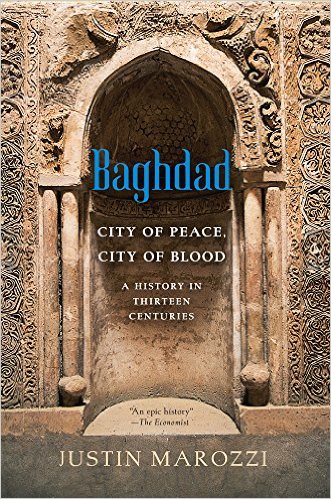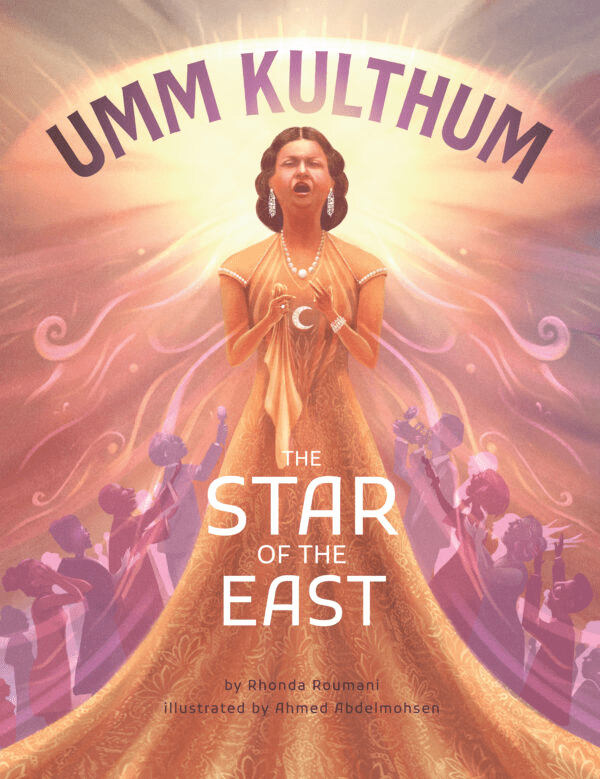
Baghdad: City of Peace, City of Blood—A History in Thirteen Centuries
Tom Verde
Justin Marozzi
2014, De Capo, 978-0-30682-398-5, $32 hb
The site of bloody conflicts and Bayt al-Hikma (the House of Wisdom), Baghdad —that storied, medieval center of scientific inquiry and cultural ecumenism—has long been one of the most violent yet vibrant urban centers in the region. As Justin Marozzi concludes: “… despite all this devastation,” Baghdadis remain proud of their city’s “prodigious history of intellectual, cultural and Islamic preeminence.” Marozzi’s study covers every major epoch of Baghdad’s past, from its founding in 762 CE, when Caliph al-Mansur traced the boundaries of his imagined city “on the ground in lines of cinders,” to its heights under the Abbasids, to its subsequent falls to forces ranging from Mongol to American. For anyone seeking to understand Iraq’s complexity and resilience, this story of Baghdad’s ability to rise, literally, from the ashes time and again is worth reading.
